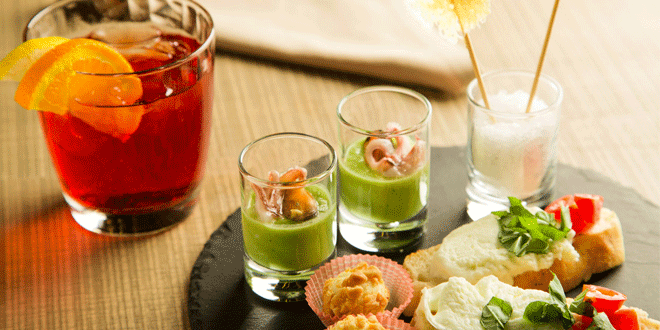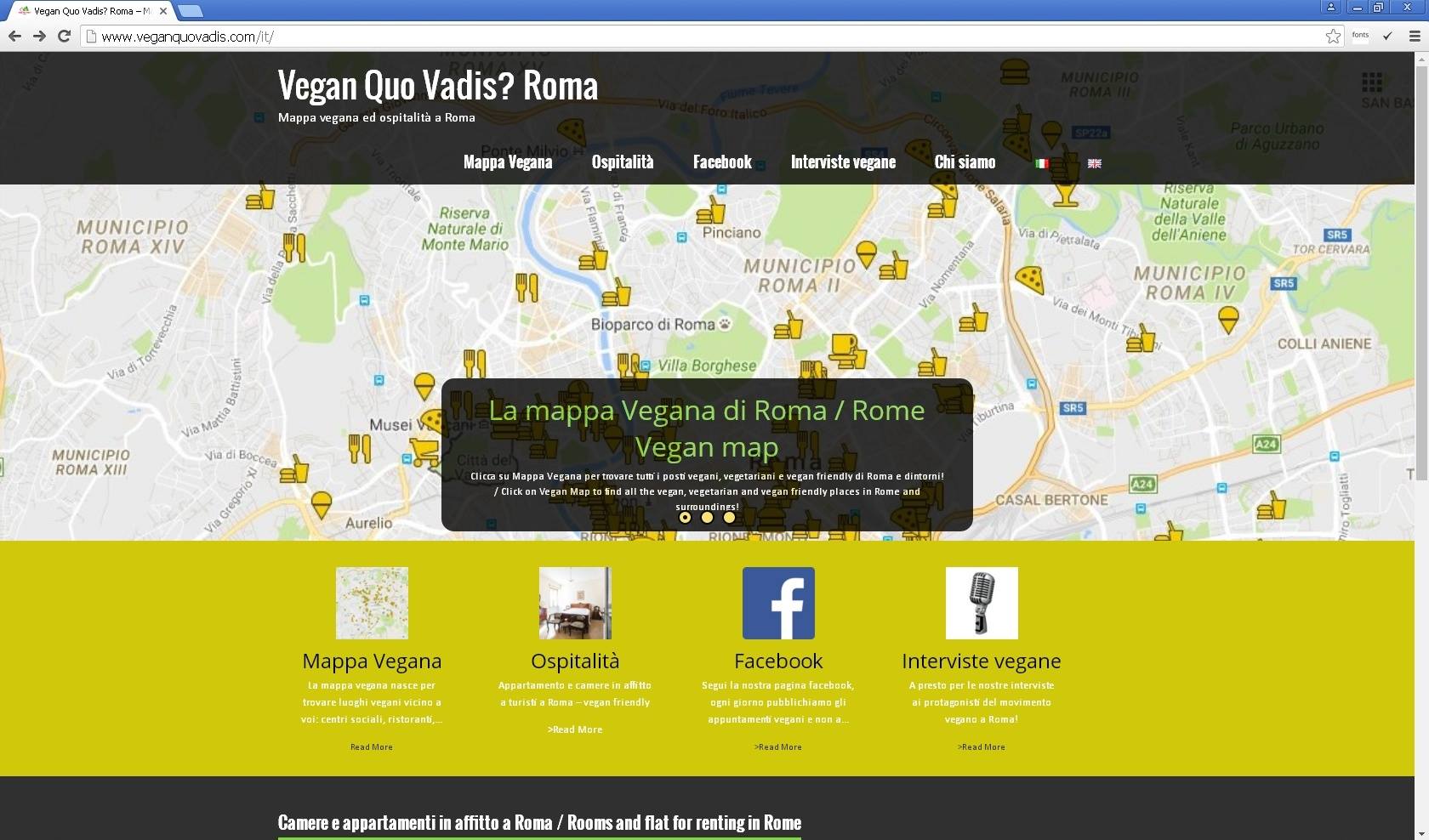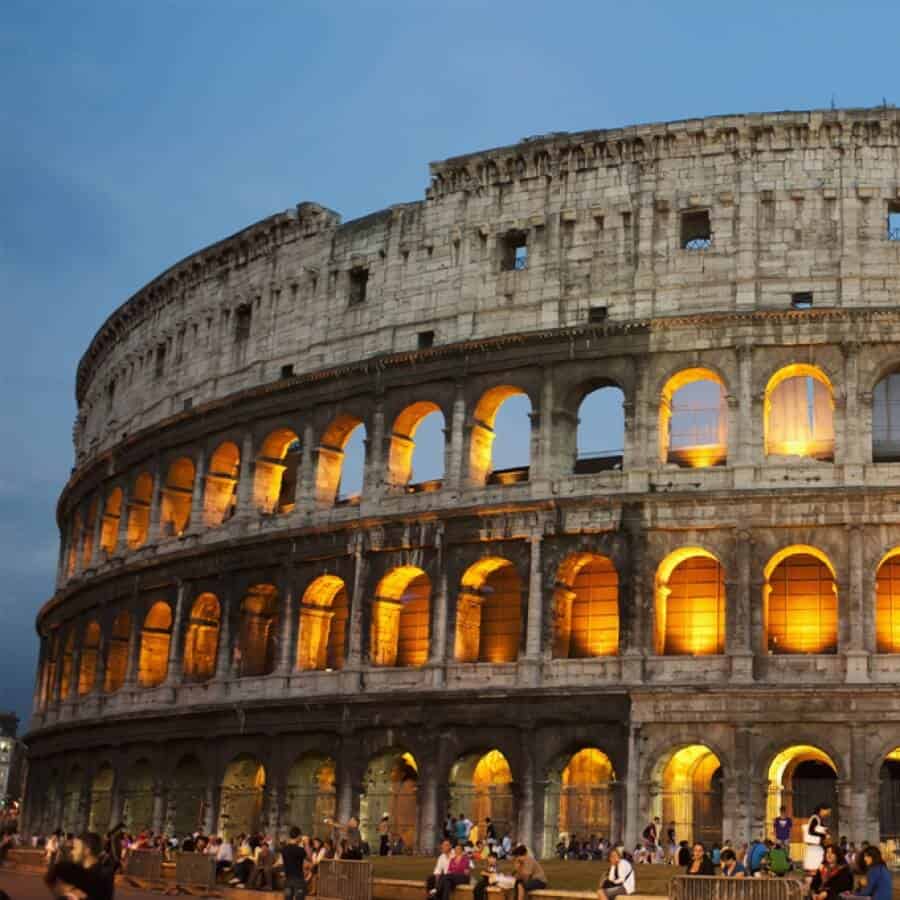Italians are crazy about food. Restaurants, bistros, and pastry shops are literally everywhere, and there is hardly any social gathering or event you can think of which doesn't include buffets, snacks, or even entire meals. But among so much food, it can sometimes be very hard to choose the place to have a tasty meal. Our reporter’s guide to Rome for food lovers will help you and your stomach to navigate the search for food in the Eternal City.
If you arrive in Rome either by plane, train or bus, you are very likely to start your adventure at the Termini station. The second largest train station in Europe, Termini and the surrounding area host thousands of people daily and are packed with plenty of eateries offering dishes from all around the world.
So if you are curious about Indian, Turkish, Arabic, or African cuisine, this is the right place to try it. Just choose from some of the numerous restaurants or bistros, but look for the more crowded ones – the more people are eating there, the bigger the chance the food is good. Insider’s advice: Indian and Turkish fast food restaurants offer quite the same quality and variety of meals as sit-down Indian and Turkish restaurants in the neighborhood, but are far less expensive. If you prefer Italian food, look for pizzerias and trattorias outside of the touristy historical center – you will for sure have tastier meals and save yourself some cash.
The best tip for saving money is, of course, to cook for yourself. And there is nothing as easy as finding cooking ingredients in Rome because markets can be found everywhere. The one at Piazza Vittorio Emanuele (close to Termini station) is perhaps one of the largest in Rome. Food addicts from all over the city come here for the range of exotic fruits, vegetables, herbs, and spices from Asia and Africa: Indian curries, coriander, turmeric, Chinese cabbages, but also to buy the more traditional Italian fruits, vegetables, pastas, or sauces.
For visitors who are visiting Italy for the first time and realize that in Italy food is much more than a means of survival, the country’s superb food culture can be a unique experience. Some tourists might consider it an “obsession”, but listening to Italians talk passionately for hours about what they have had for lunch or what they will eat for dinner is charming. Italians like to say that getting together with family or friends is the main ingredient of every Italian dish. Italian Sunday lunches, which can last from a couple of hours to even all day, are the best example.

When in Rome, go to an aperitivo as Romans do, a least once during your stay. Aperitivos are the Italian version of happy hour, but in Italy the food tends to involve much more than the peanuts or potato chips you would get back home. Many bars offer aperitivo buffets, where you can serve yourself from an array of food that includes everything from light pastas to salads. And with a drink included you can have an early light dinner for a small amount of money. In Rome, this experience can cost between 5 to 15 euros (depending on the amount of food included) and can take place between 7 and 9 pm.
Although many Italian recipes are based on meat and dairy, you can still find delicious food to eat across the Eternal City – even if you are vegan.
Vegan Quo Vadis? Roma offers vegan-friendly hospitality services in Rome and provides a free, regularly updated online map of vegan, vegetarian, and vegan-friendly restaurants, bars, and shops in all parts of the city. This is the first map of its kind, and at the moment it has more than 240 pins that will make your decision about where to eat simple based on the location where you are or plan to go. If you follow their Facebook page, you will get very useful suggestions on what to do and where to go on a daily basis.

Being more and more aware of the benefits of healthy and organic food, many Italians join local Solidarity Purchasing Groups or Gruppi di Acquisto Solidale (GAS), which exist throughout Italy. In Rome, there are dozens of GASes around the city where people organize themselves into “shopping” groups and cooperate to buy food directly from small, local, and organic food producers. In this way, they eliminate distributors from the food chain, reducing the exploitation of farm workers and ensuring that profits are given to producers who respect the earth and biodiversity. If your stay in Rome will be longer and you care about the environment, you might consider joining one.
In any case, your stay in Rome should definitely include trying out or even cooking different food, be it Italian or international cuisine. Because it might not be a coincidence that Italians, when speaking in English, pronounce the name of their country with a long “I”, making it sound almost like “Eataly”. Because that’s actually what traveling in Italy is all about.
Support us!
All your donations will be used to pay the magazine’s journalists and to support the ongoing costs of maintaining the site.
Share this post
Interested in co-operating with us?
We are open to co-operation from writers and businesses alike. You can reach us on our email at [email protected]/[email protected] and we will get back to you as quick as we can.









